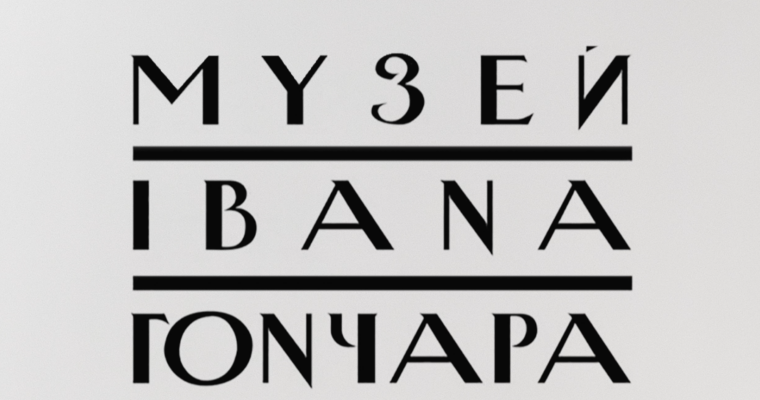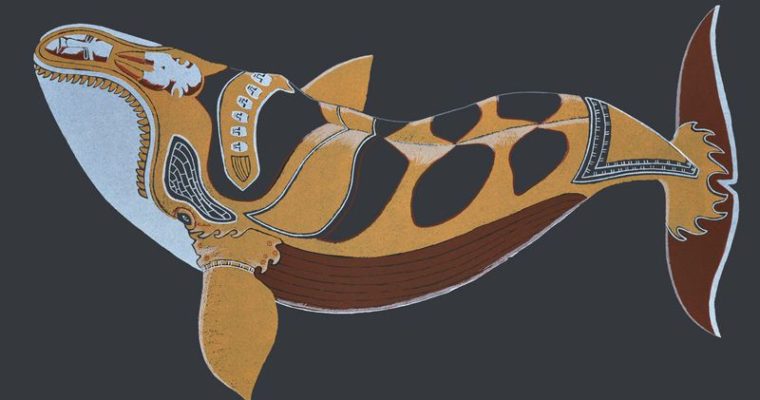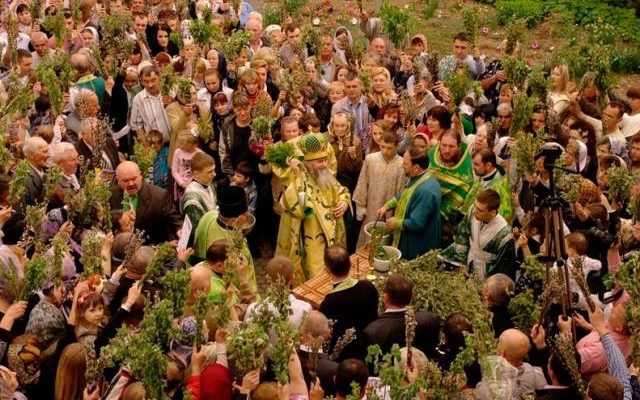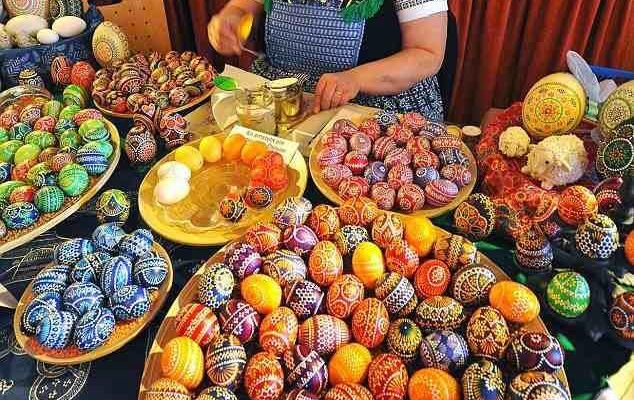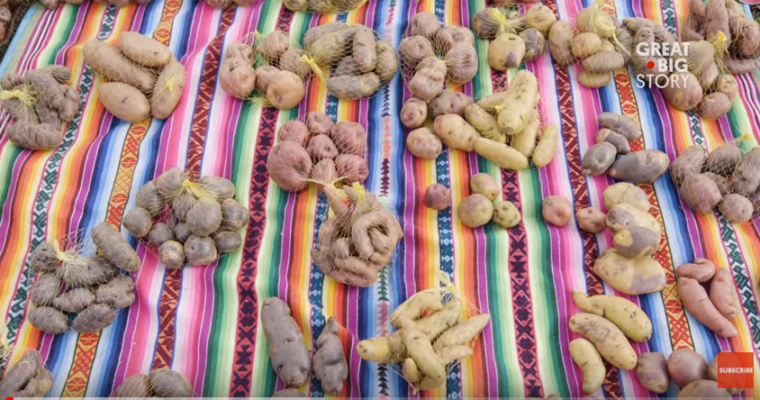Creating a Chinese Font
The long, incredibly tortuous, and fascinating process of creating a Chinese font The story of Chinese characters begins with, of all things, turtle bellies. The kings of the Shang Dynasty—which ruled from the 16th to the 11th centuries BC—had questions. Questions about what the king …

